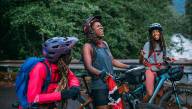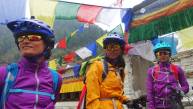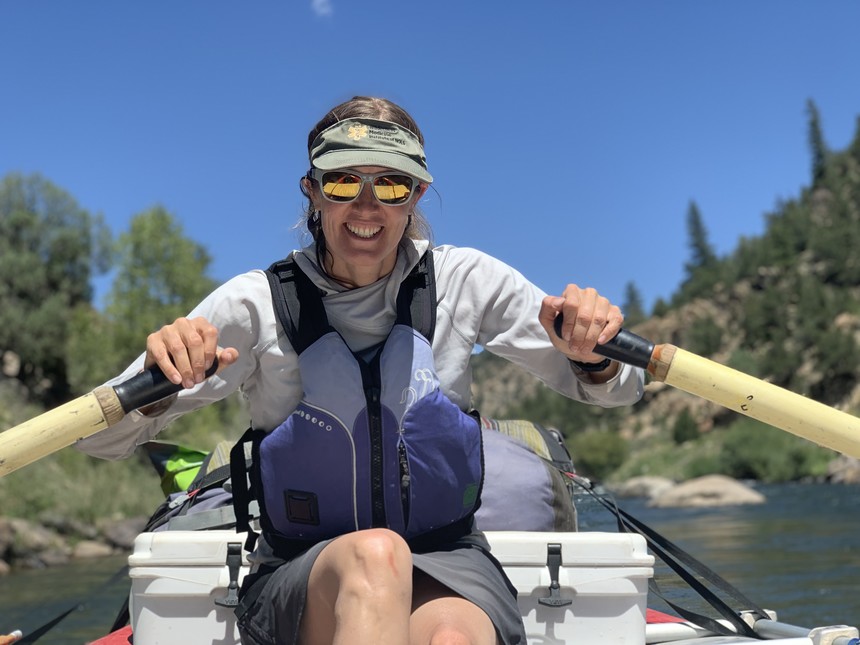
“Just tell us what to do.” Laura McGladrey, a Nurse Practitioner with dual certification in both emergency medicine and psychiatry, hears these words too often. Whether it’s after an avalanche kills a client, guide or patroller, a climbing accident results in serious injury or fatality, or a traumatic search and rescue operation, these events take a real toll on a community. Usually, the caring and overwhelmed leader confides how much they want to support their team and how helpless they feel. They are often looking for someone to debrief the incident, or for an expert to support the team, but where do they find that person?
While McGladrey, a veteran NOLS Wilderness Medicine Instructor who currently works as a clinician with the Stress Trauma Adversity Research and Treatment (START) Center and provides trauma support for Emergency and Wilderness Responders, can certainly help debrief or support the team, responding to critical incidents on her own wasn’t enough.
Enter the Responder Alliance (RA). The RA is an organization of responders with a mission “designed to advance the national conversation on stress injury (SI) formation and recovery in responders of all types.” While RA can and does offer support for traumatic events, the group is also working on offering proactive support to outdoor professionals by developing clear methods for awareness that can lead to early recognition and early mitigation, and can also help create stress resilience and therefore, an environment in which stress injury is less likely.

Once a self-proclaimed dirtbag raft guide living in Colorado’s Arkansas River Valley and running away from nursing school, McGladrey is now a stress and adversity advisor to search and rescue and ski patrol teams and lectures nationally on Psychological First Aid and Stress Injuries. We caught up with this accomplished outdoorswoman, an amazing mother of two, and the founder and volunteer-in-chief of Responder Alliance to learn more about her work and what’s to come for RA.
TGR: What is a stress injury (SI)?
Laura McGladrey: A stress injury is a predictable injury that occurs in a place of overwhelming stress when someone is overwhelmed by their capacity to integrate and respond to what’s happening to them in real time. And like other injuries, it occurs on a continuum with early and late changing signs. For instance, a sprained ankle can progress to an injury that needs surgery if not treated. A stress injury can be mitigated when recognized, but when left unrecognized or treated, the body continues to take the load and it can actually shorten your capacity to do what you love or take years off your career.
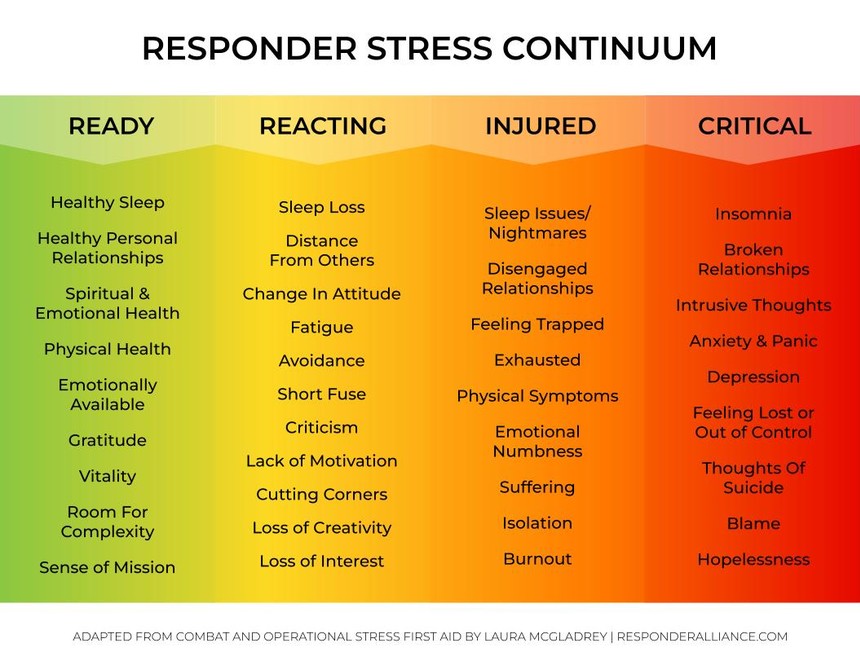 Stress injury can show up in a number of ways and can vary over time. | Responders Alliance graphic.
Stress injury can show up in a number of ways and can vary over time. | Responders Alliance graphic.
TGR: Why do you say SI is predictable?
LM: In avalanche prediction and mitigation, we talk about rapid and incremental loading. Snow, like stress, can accumulate incrementally over the course of the winter, or rapidly, as in a heavy storm cycle. Either way, when the load gives way, the outcome is the same: failure of the snowpack to support the load, resulting in an avalanche. This metaphor is perfect because it highlights what we found in chronic and acute stress. Whether it occurs over time due to day in and day out exhaustion, staffing shortages or challenging workplace environments, or acutely with a major incident or loss, stress accumulation has a predictable nature.
Like avalanche forecasting, there is a predictive nature to stress injury. Like forecasting, we do not leave accumulation to chance. We have sophisticated tools for monitoring, evaluating and mitigating accumulation and so it is with stress impact, or at least it should be.
TGR: Why did you start Responder Alliance?
LM: I found a lot of best practices for urban mitigation of stress, but none for avalanches, ski patrollers or outdoor professionals so I started translating those tools used in urban settings for guides, forecasters, anyone in the outdoors. We learned early on that you could only change culture through community so we helped organize six different communities (SAR, ski patrol, avalanche professionals, outdoor educators, National Park Service, guides) and developed operational tools in the proper cultural language for each group. That inclusion and precision from hearing your own unique language helps move the dial in terms of naming and identifying SI and utilizing early intervention and mitigation.
TGR: Why is the work of RA important?
LM: Many of us run headlong into outdoor activities we love, into extreme places. This involves a lot of wear and tear on our bodies and there’s a lot of loss inherent in adventuring in remote places. We noticed a series of responses to that loss, but we didn’t realize they were universal until we had a way to talk about them. For example, we’d hear from leadership in Yosemite that their climbing rangers showed up in love with climbing. But, after a summer of responding to accidents and fatalities, they suddenly didn’t want to climb anymore. That’s a stress injury and they are hard to turn around. But, if we can recognize them early, we can help mitigate them.
TGR: What are some signs you’re having an impact?
LM: The thing that happens often and hits me hardest is when someone comes up to me and says: “I heard a podcast, read an article, listened to your talk…and it saved my life.” They say something like: “I knew I was struggling. I just didn’t know what it was or what to do. You helped me know where I was on the map and helped me start making new choices in my profession.”
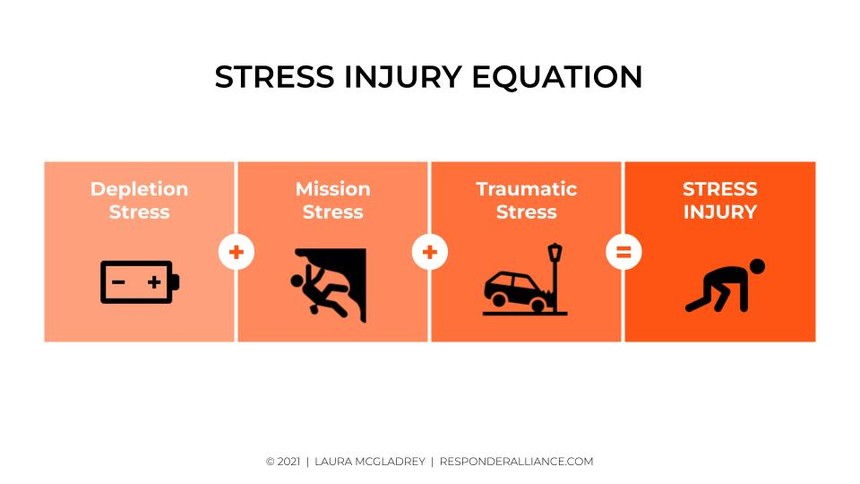
TGR: What’s next for RA?
LM: We recognize that these are novel skills to the industry so we’re working to make our tools more accessible by launching online courses. We partnered with a lot of rescuers to create online training sessions so that teams can use them without waiting for us to come.
We’re growing our communities, increasing meetings and networking so once they get the training, they can talk about innovations for integrating this into the culture.
We’re continuing to work to find innovations for paying for resilience, which comes down to getting organizations and businesses to plan for resilience, rather than thinking of it as an afterthought. This is a cultural shift that includes prioritizing resiliency training in budgets.
TGR: What’s your favorite thing to do in your free time?
LM: My passion is Nordic racing. I’m on the race circuit this winter and it’s been super fun. In terms of the stress continuum, Nordic skiing is a green choice for me. It helps move me into the “green.” It’s athletic, outside, longer volume, lower intensity so it’s like a meditation. I can only focus on one ski at a time. I can’t solve problems or take a phone call so it’s completely protected time for me.

TGR: What are other “green choices” for you?
LM: Soaking in hot springs is a beautiful, somatic, tangible treat for my body. Akin to the blanket warmer in the ER that communicates you have survived; hot springs get my body to land. Also, finding space for reintegration through long stretches free from the input of other minds, like what happens in the desert or while fishing or so many other experiences in nature.
TGR: Tell us something most folks don’t know about you.
LM: One thing: I have a scar on my left knee from playing Hungry, Hungry Hippos. Another: I’m actually a lot of fun. Due to the nature of my work at the START Center or with RA, I spend a lot of my time with people after trauma or with teams after fatalities. So often people don’t think I can be fun. But, I can. So, you can invite me on your road trip or hut trip because I do actually make great cocktails and wear fun costumes.
TGR: What else do you want people to know?
LM: If you or someone else are experiencing an SI, please know that awareness is key. Just being aware that you, your friend or your partner has been impacted by stress in a really critical way, allows you to make new choices. There is power in just recognizing this is you or someone you love so don’t underestimate the impact you can have by just being there for someone or finding someone to be there for you. Especially because the one thing in the literature that we know changes the outcome of stress impact is our level of social connectedness. Having just one person know that you’re struggling has the power to make all the difference. That’s why having a common operational language and a culture to support it, can move the dial on this conversation.
For more, visit: https://www.responderalliance.com/



__video_thumb.jpg)
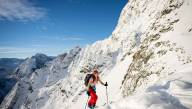
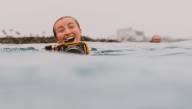
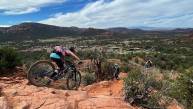


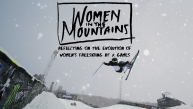
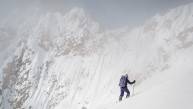


__video_thumb.jpg)
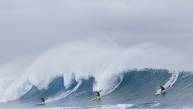
__video_thumb.jpeg)


